


JWIPC offers tailored solutions covering everything from product definition to software and hardware development, supported by our experienced senior product engineers.
The professional consultant will call for feedback within 1 working day. Please be patient and wait


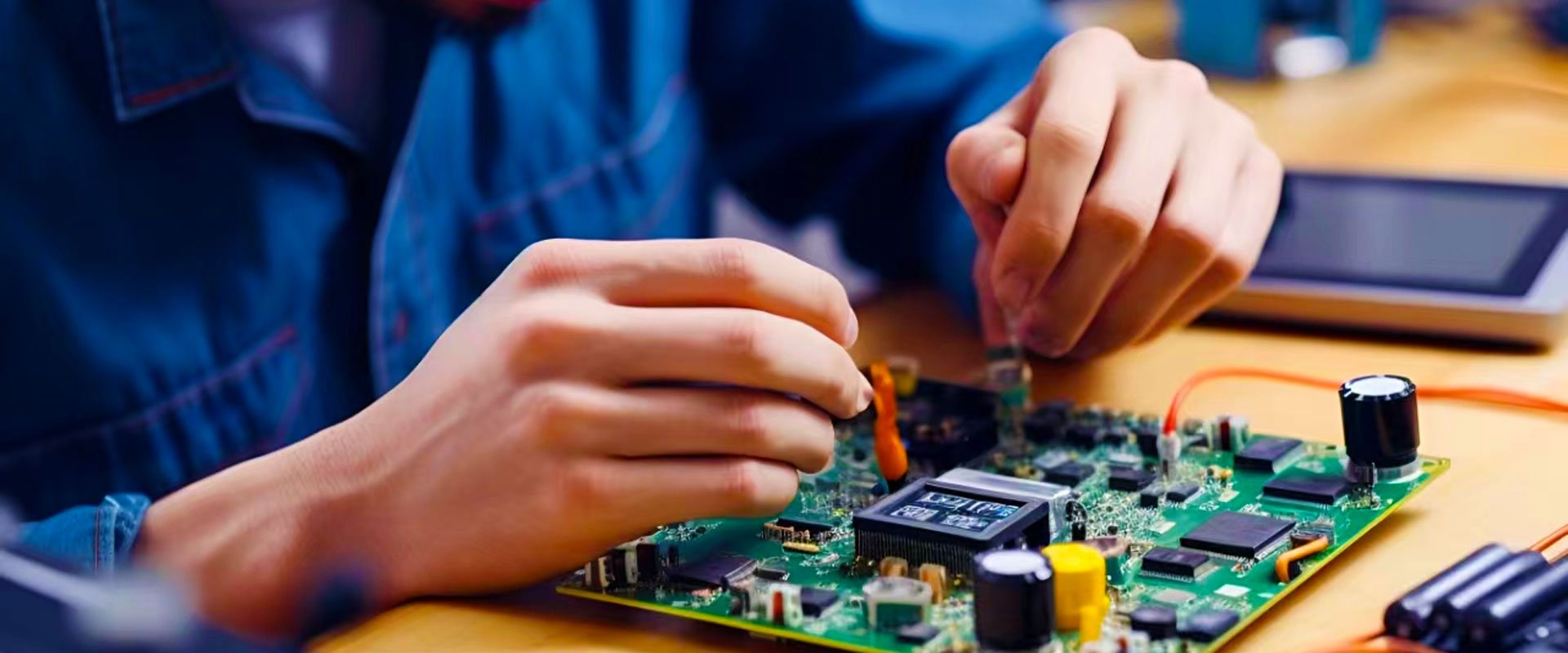
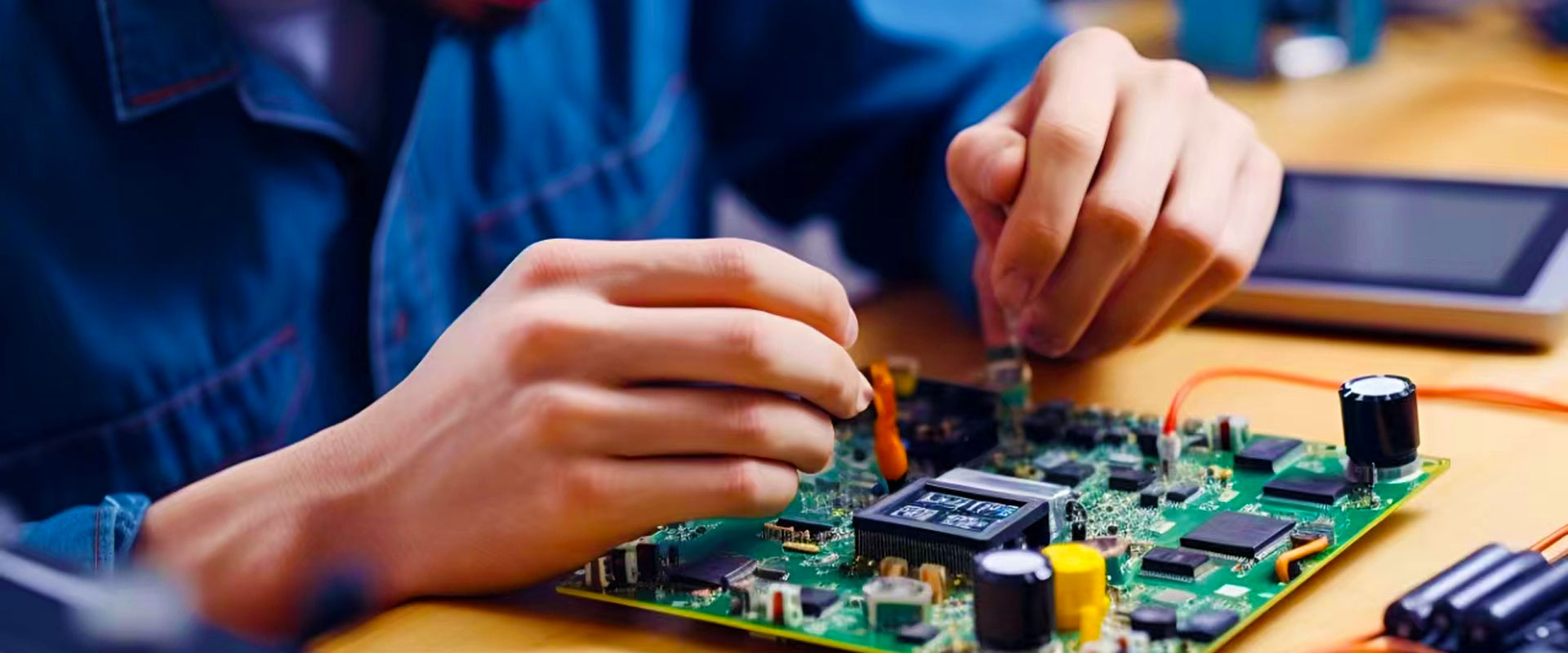
Since its founding, JWIPC has dedicated itself to building robust hardware foundations for industrial digital transformation and advancing AIoT applications across diverse scenarios. With a 500-member R&D team boasting 9+ years of industry expertise, we continue to drive innovation and lead progress in AIoT hardware solutions.
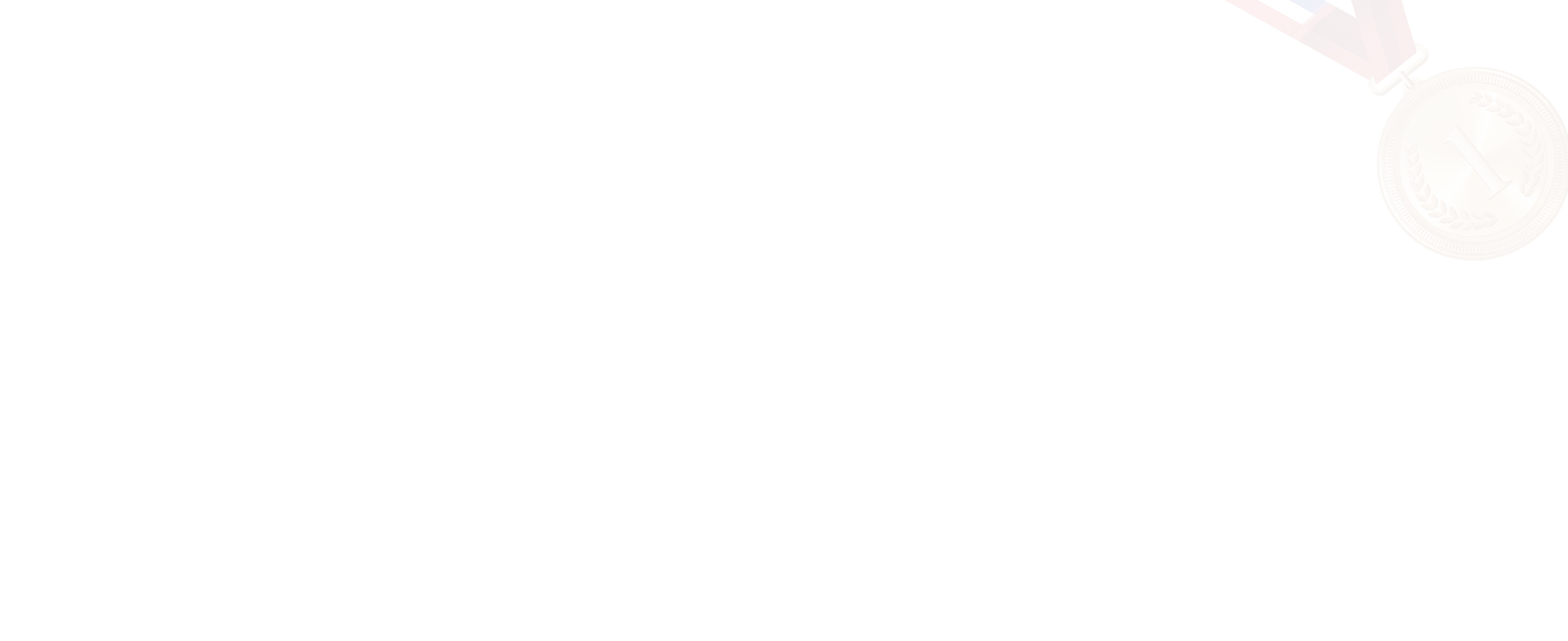

Practice makes perfect and accumulation of every honor improves the quality of JWIPC.



Practice makes perfect and accumulation of every honor improves the quality of JWIPC.
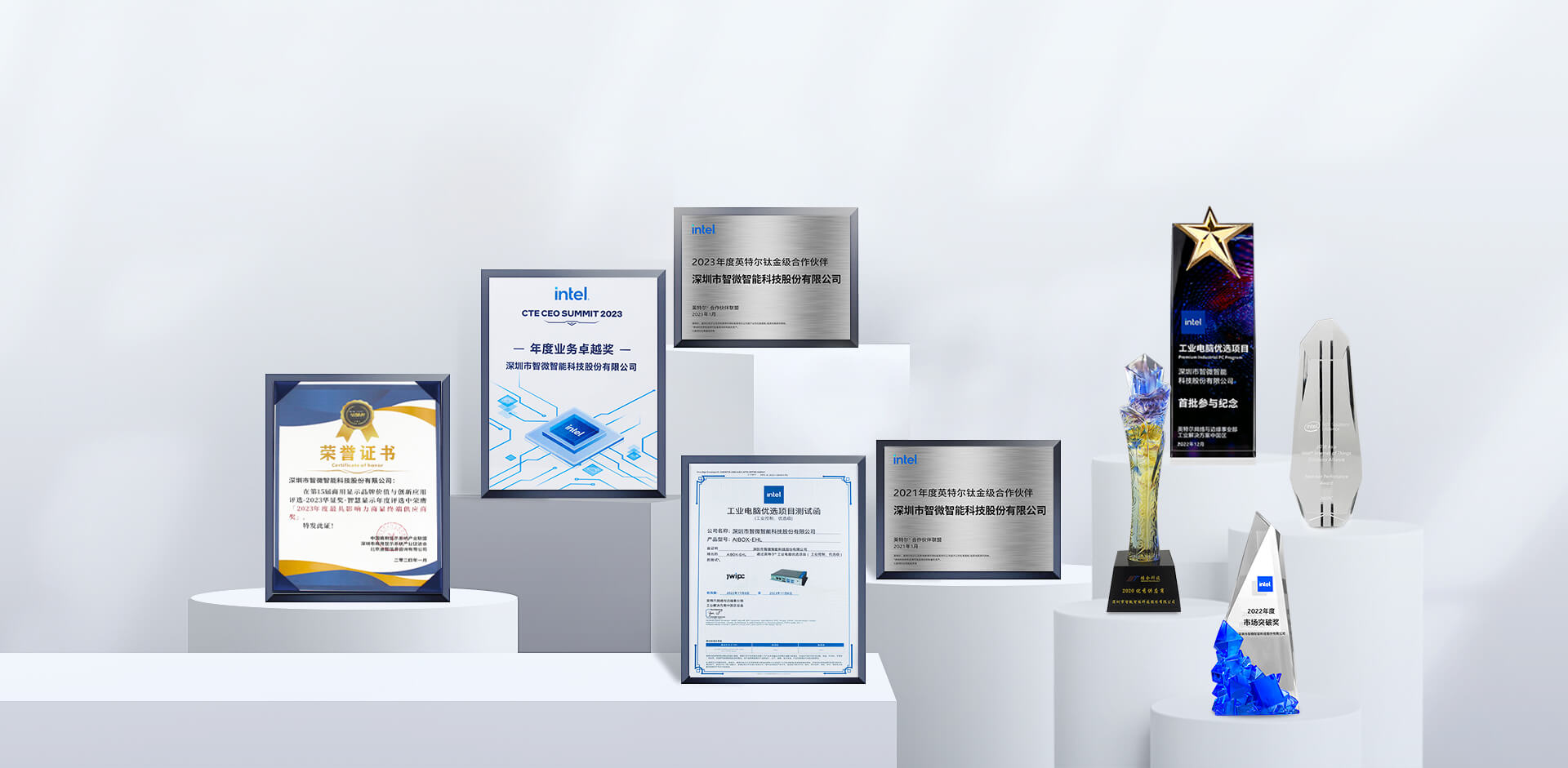

Improve the product performance and quality to meet the need of market
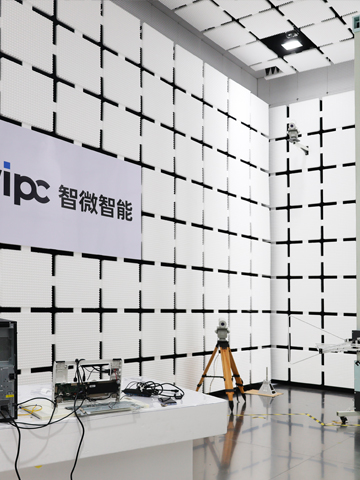
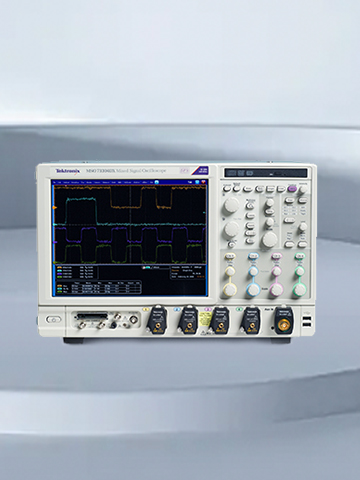
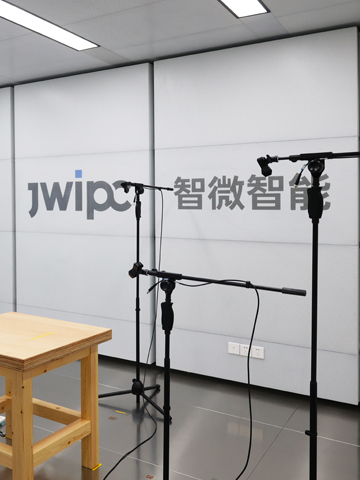
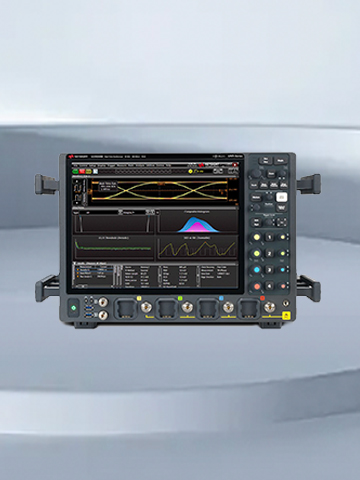
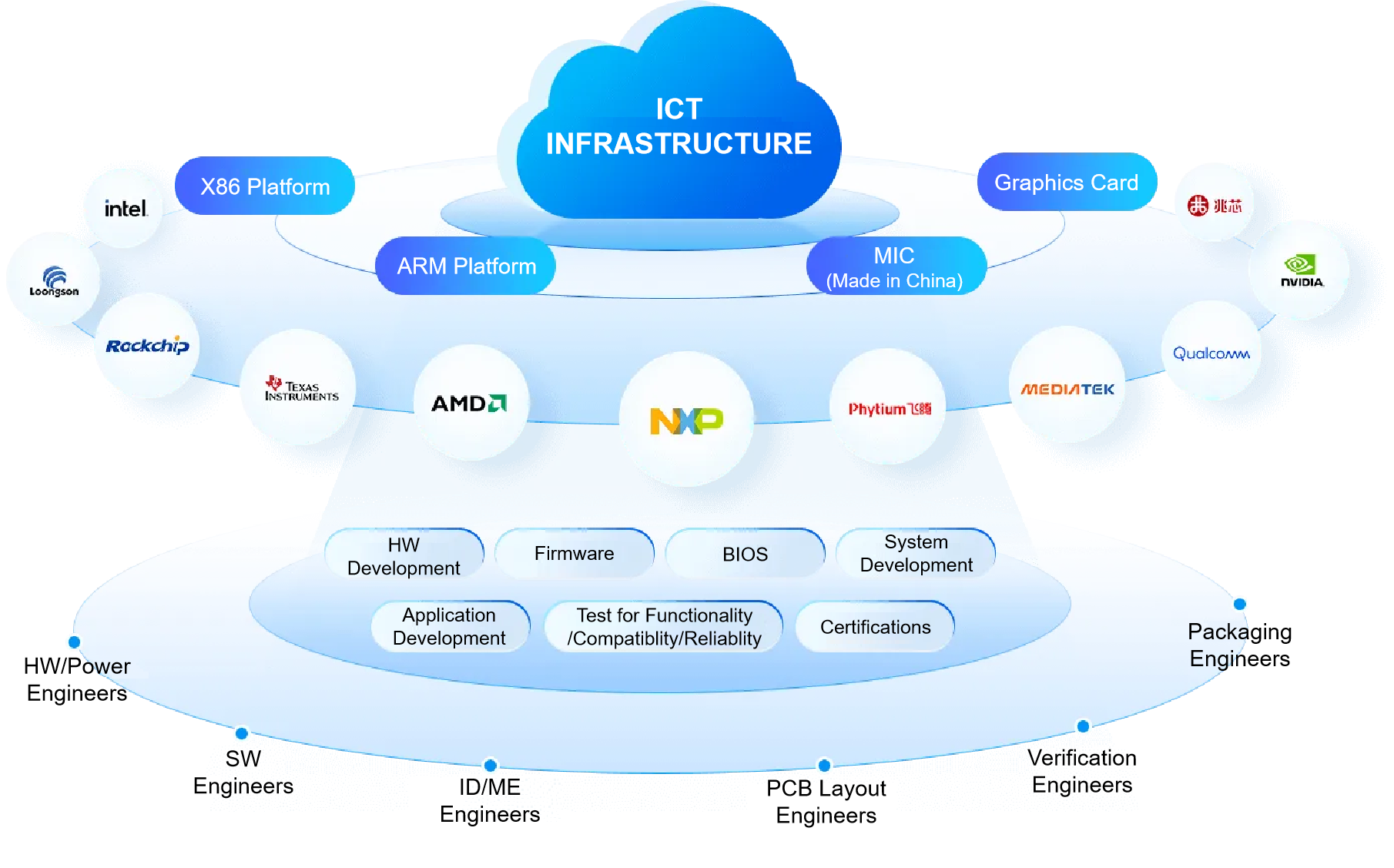
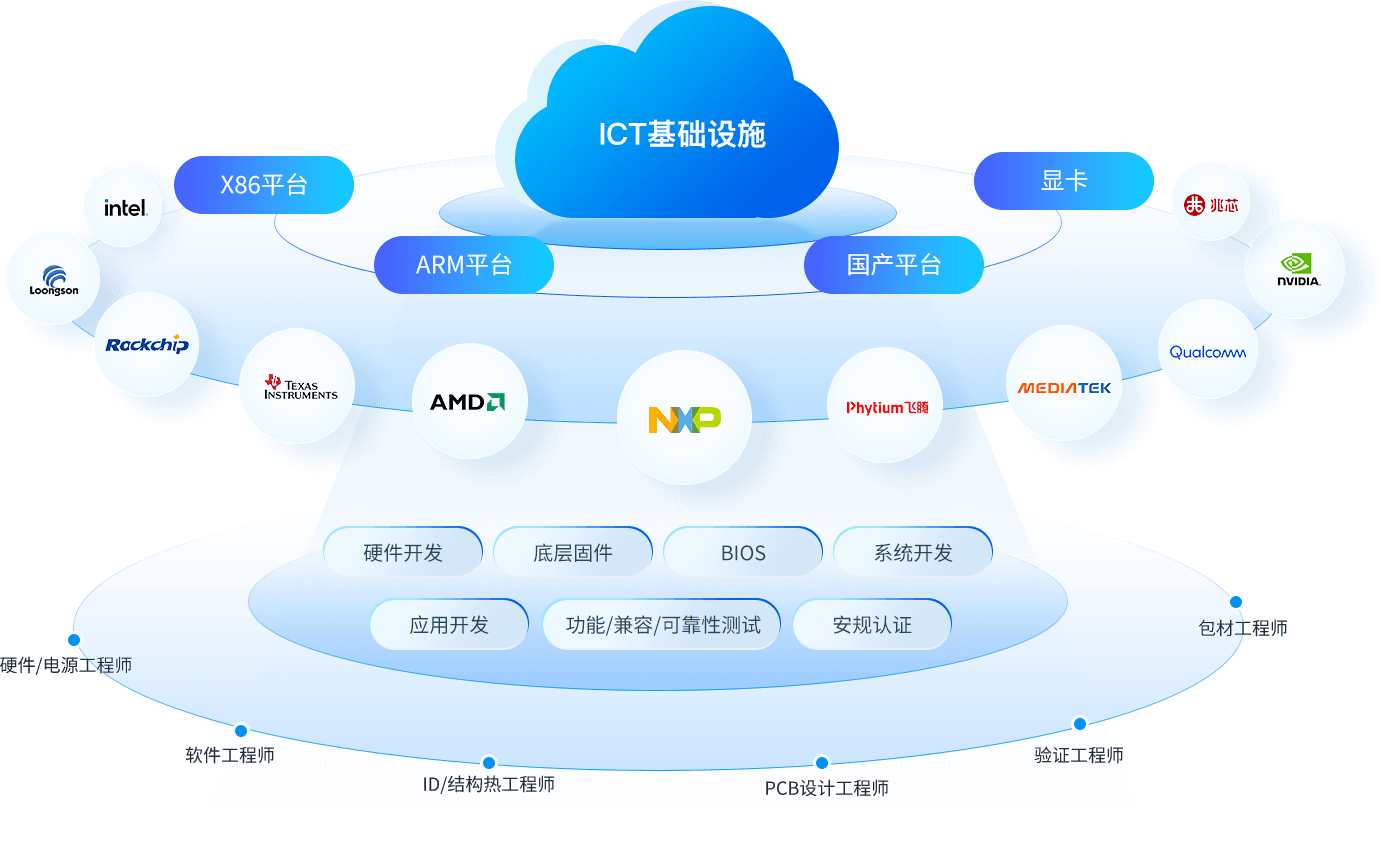
Scan the code to follow